TC Energy says has not found cause of Keystone oil pipeline leak
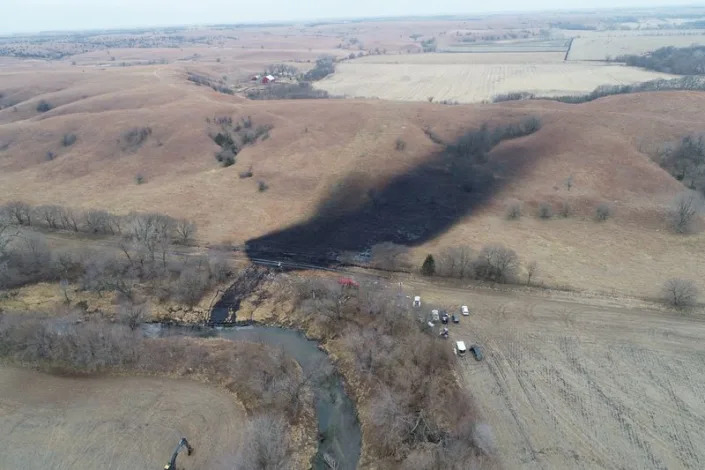
Investigators, cleanup crews begin scouring oil pipeline spill in Kansas
(Reuters) - Canada's TC Energy said on Sunday it has not yet determined the cause of the Keystone oil pipeline leak last week in the United States, while also not giving a timeline as to when the pipeline will resume operation.
TC shut the pipeline after more than 14,000 barrels of crude oil spilled into a creek in Kansas on Wednesday, making it one of the largest U.S. crude spills in nearly a decade.
"Our teams continue to actively investigate the cause of the incident. We have not confirmed a timeline for re-start and will only resume service when it is safe to do so, and with the approval of the regulator," TC said in an update posted to its website.
The pipeline operator said that it has more than 250 people working on the leak, including third-party environmental specialists, adding that it is continuously monitoring air quality and presently there are no indications of adverse health or public concerns.
Crews are also preparing for rain forecast to begin on Monday, TC said.
The 622,000 barrel-per-day Keystone line is a critical artery shipping heavy Canadian crude from Alberta to refiners in the U.S. Midwest and the Gulf Coast.
Keystone's shutdown will hamper deliveries of Canadian crude both to the U.S. storage hub in Cushing, Oklahoma and to the Gulf, where it is processed by refiners or exported.
(Reporting by Juby Babu in Bengaluru; Editing by Marguerita Choy)
Kansas residents hold their nose as crews mop up massive U.S. oil spill
A satellite image shows emergency crews working to clean up crude oil pipeline spill along Mill Creek, in Kansas
Sat, December 10, 2022
By Erwin Seba and Nia Williams
WASHINGTON, Kan. (Reuters) -Residents near the site of the worst U.S. oil pipeline leak in a decade took the commotion and smell in stride as cleanup crews labored in near-freezing temperatures, and investigators searched for clues to what caused the spill.
A heavy odor of oil hung in the air as tractor trailers ferried generators, lighting and ground mats to a muddy site on the outskirts of this farming community, where a breach in the Keystone pipeline discovered on Wednesday spewed 14,000 barrels of oil.
Pipeline operator TC Energy said on Friday it was evaluating plans to restart the line, which carries 622,000 barrels per day of Canadian oil to U.S. refineries and export hubs.
"We could smell it first thing in the morning; it was bad," said Washington resident Dana Cecrle, 56. He shrugged off the disruption: "Stuff breaks. Pipelines break, oil trains derail."
TC Energy did not provide details of the breach or say when a restart on the broken segment could begin. Officials are scheduled on Monday to receive a briefing on the pipeline breach and cleanup, said Washington County's emergency preparedness coordinator, Randy Hubbard, on Saturday.
OIL FLOWS TO CREEK
Environmental specialists from as far away as Mississippi were helping with the cleanup and federal investigators combed the site to determine what caused the 36-inch (91-cm) pipeline to break.
Washington County, a rural area of about 5,500 people, is about 200 miles (322 km) northwest of Kansas City.
The spill has not threatened the water supply or forced residents to evacuate. Emergency workers installed booms to contain oil that flowed into a creek and that sprayed onto a hillside near a livestock pasture, said Hubbard.
TC Energy aims to restart on Saturday a pipeline segment that sends oil to Illinois, and another portion that brings oil to the major trading hub of Cushing, Oklahoma, on Dec. 20, Bloomberg News reported, citing sources. Reuters has not verified those details.
It was the third spill of several thousand barrels of crude on the 2,687-mile (4,324-km) pipeline since it opened in 2010. A previous Keystone spill had caused the pipeline to remain shut for about two weeks.
"Hell, that's life," said 70-year-old Carol Hollingsworth of nearby Hollenberg, Kansas, about the latest spill. "We got to have the oil."
TC Energy had around 100 workers leading the cleanup and containment efforts, and the U.S. Environmental Protection Agency was providing oversight and monitoring, said Kellen Ashford, an EPA spokesperson.
U.S. regulator Pipeline and Hazardous Materials Administration (PHMSA) said the company shut the pipeline seven minutes after receiving a leak detection alarm.
CRUDE BOTTLENECK
A lengthy shutdown of the pipeline could lead to Canadian crude getting bottlenecked in Alberta, and drive prices at the Hardisty storage hub lower, although price reaction on Friday was muted.
Western Canada Select (WCS), the benchmark Canadian heavy grade, for December delivery last traded at a discount of $27.70 per barrel to the U.S. crude futures benchmark, according to a Calgary-based broker. On Thursday, December WCS traded as low as $33.50 under U.S. crude, before settling at around a $28.45 discount.
"The real impact could come if Keystone faces any (flow) pressure restrictions from PHMSA, even after the pipeline is allowed to resume operations," said Ryan Saxton, head of oil data at consultants Wood Mackenzie.
(Reporting by Erwin Seba in Washington, Kansas, and Nia Williams in Calgary, Alberta;Additional reporting by Arathy Somasekhar in Houston, Rod Nickel in Winnipeg and Stephanie Kelly in New YorkEditing by Gary McWilliams, Stephen Coates and Matthew Lewis)
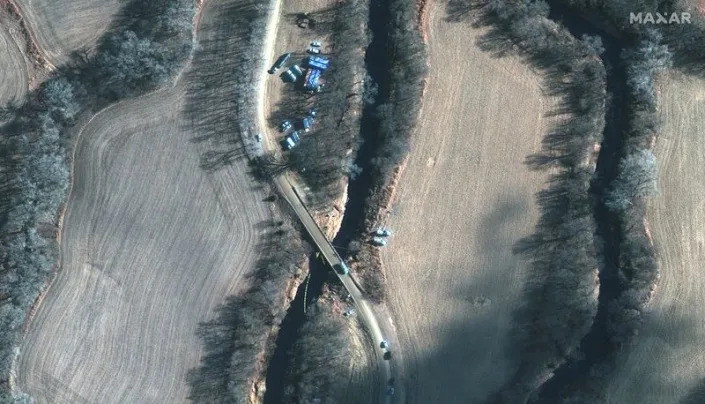

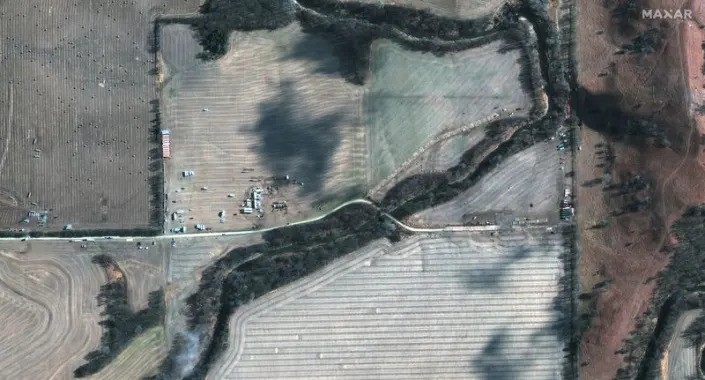
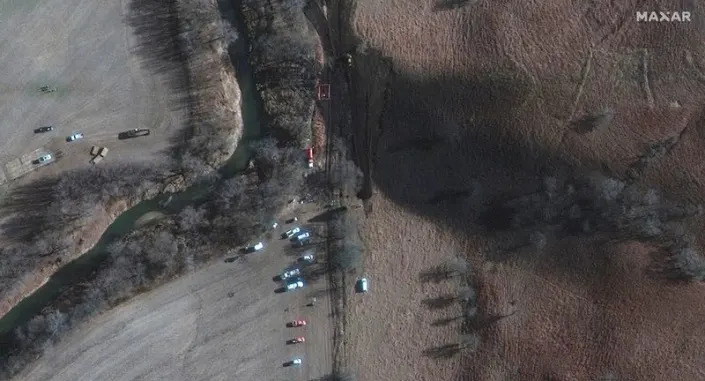
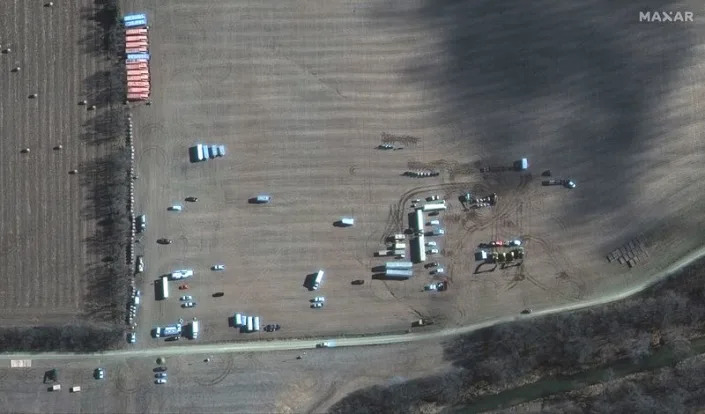
No comments:
Post a Comment